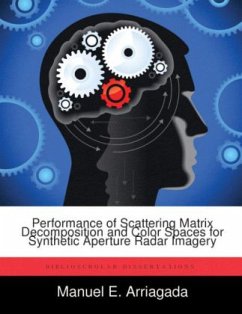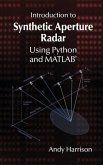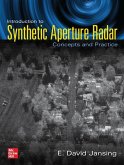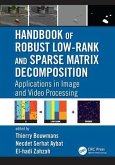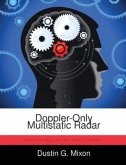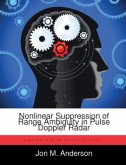Polarization decomposition techniques are applied to the polarization-dependent data to form colorful imagery that is easy for a human to interpret. Yet, the presumption is that the SAR system operates with maximum bandwidth requiring extensive processing for near- or real-time application. In this thesis, the author investigates the differences between the choices of color space when processing sparse SAR data with three scattering matrix decompositions (linear, Pauli and Krogager) to determine the best combination for accurate feature extraction. Hence, SAR imagery was computed for the combination of decomposition techniques and color spaces. This set of SAR imagery allows the reader to have an abstract idea of the differences between the combination of decomposition techniques and color spaces.

